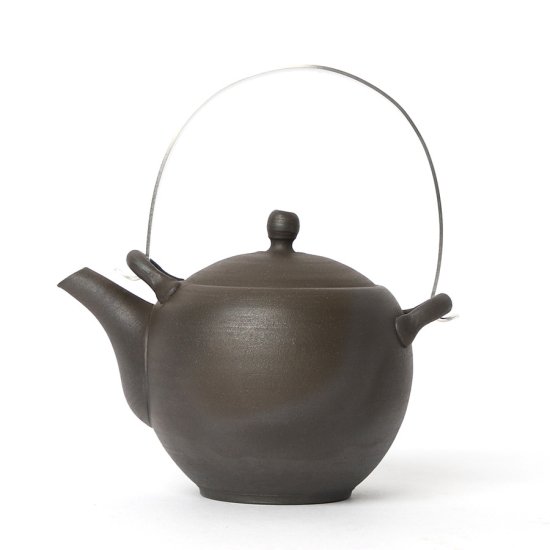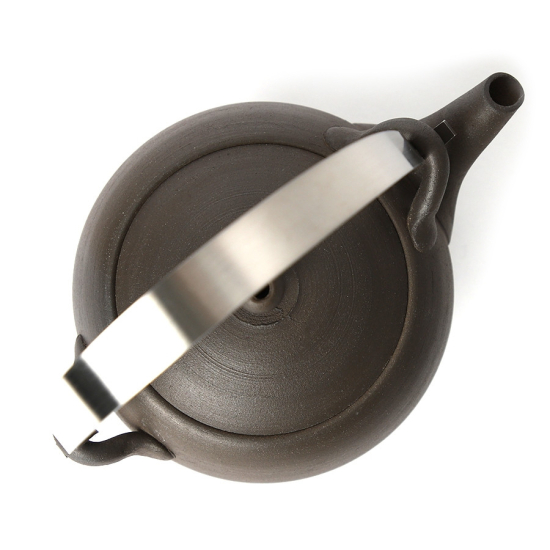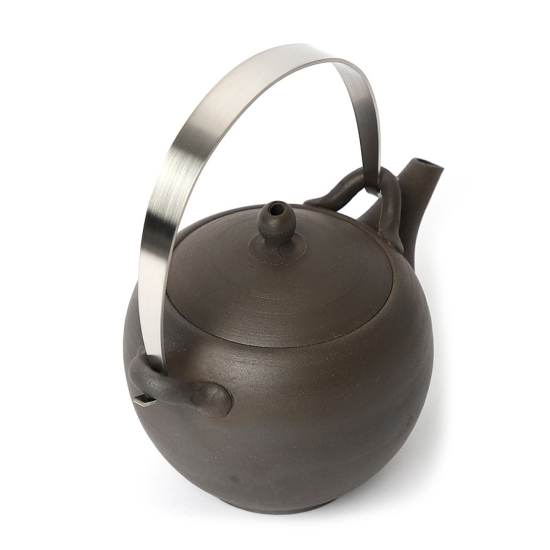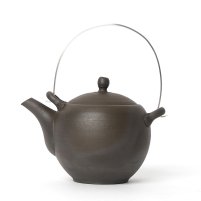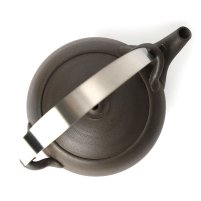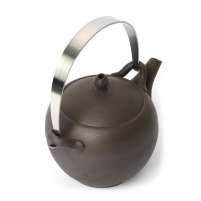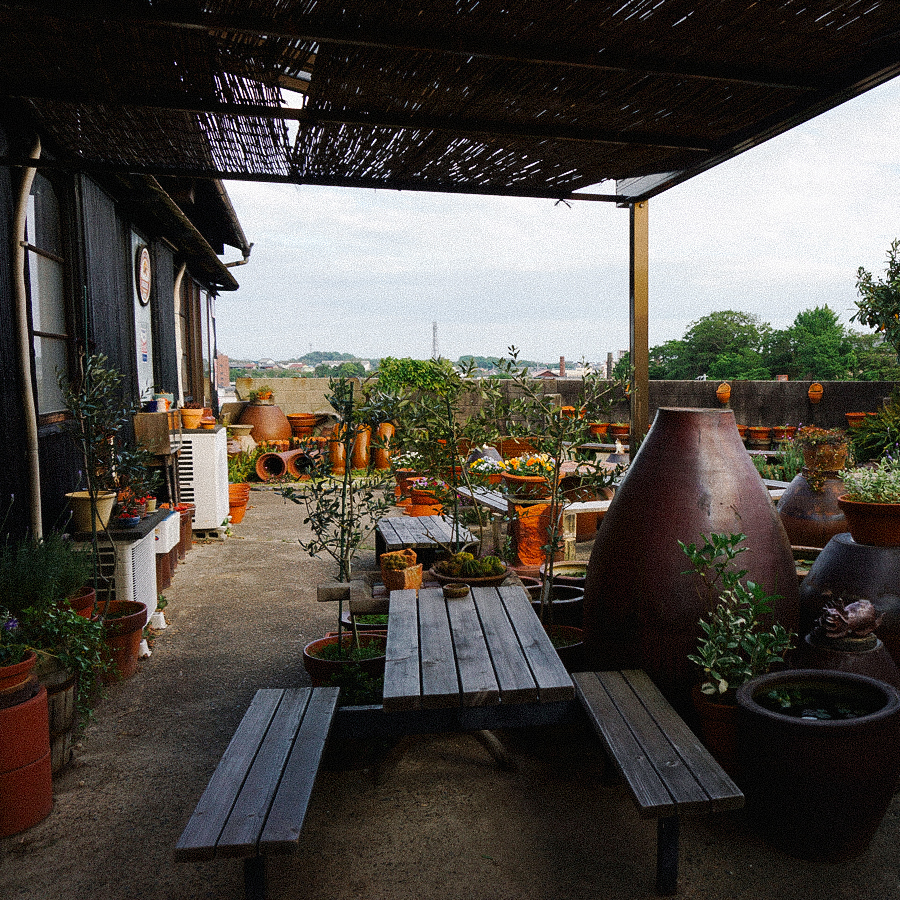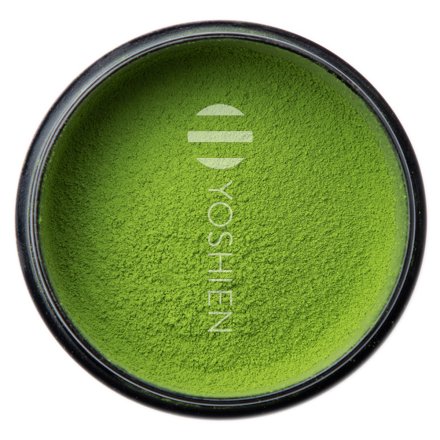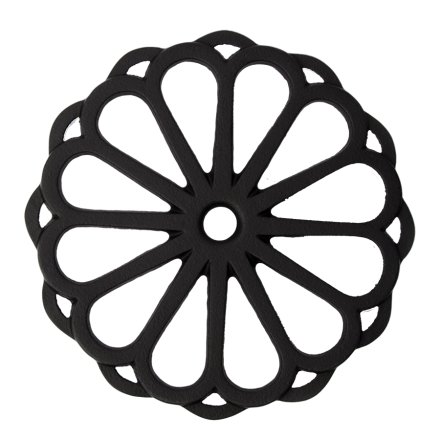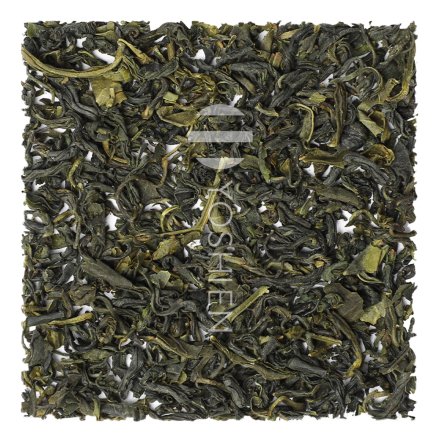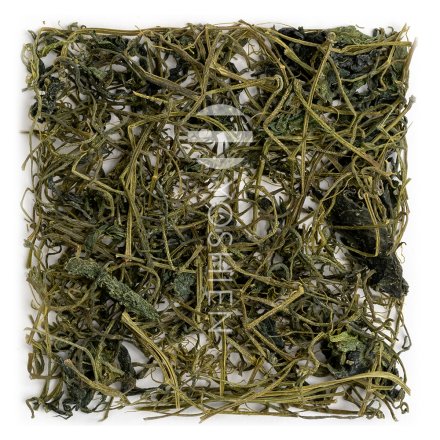Tokoname Yaki (常滑焼, Aichi Prefecture)
The oldest of the legendary Six Ancient Kilns (Jap.: roku koyo, 日本六古窯), Tokoname has been producing high-quality earthenware since the 12th century. Present-day Tokoname, housing about 200 kilns, is now the largest site of ceramics production. The pure natural clay (shudei) is red, rich in iron and has a special influence on the taste and effect of green tea. Unlike other regions, Tokoname still has reserves of its famous natural clay, although they are diminishing.
For the famous Shudei kyusu, the clay used is as ferruginous and fine-grained as possible (Jap.: tatsuchi). This type of clay is found under rice fields in Tokoname and gives the teapot its special properties and colour. Genuine Hon Shudei clay, which contains the ideal iron content, is now so rare, however, that the clay is now enriched with natural iron oxide in order to achieve the desired shade.
For differently coloured kyusu, the potter sprays on a mixture of red clay and natural pigments after shaping the base. This process is called chara-gake. The kyusu is then fired. Finished Shudei pots have a special shine, which is achieved by polishing the kyusu with a metal spatula or cloth before firing. For this reason, glazes or painted decorations are often dispensed with, leaving the clay to speak for itself.
In the production of Tokoname kyusu, firing is done using gas or electric kilns (oxidation firing for red shards and reduction firing for black shards). Some studios, especially those of well-known artists, use a combination of the two techniques. Oxidation firing is done between 1,100 and 1,200 degrees Ceslsius, depending on the clay, and must be extremely carefully controlled die to the colour changes that occur and the risk of cracks developing.
The introduction of the multi-vaulted, multi-chamber hang kiln (Jap.: renboshiki-noborigama, 連房式登窯) in 1834 improved the control of the firing process compared to earlier kilns. This, and the help of specialists from China, made the development of red unglazed shudei ware possible. Tokoname has become famous for the shudei kyusu made of red toki. However, the studios of the region are also known for many other techniques, such as the ash glaze (yakishime), the dark firing marks made by carbon impregnation (koge), celadon work and the mixing of different types and colours of clay.



